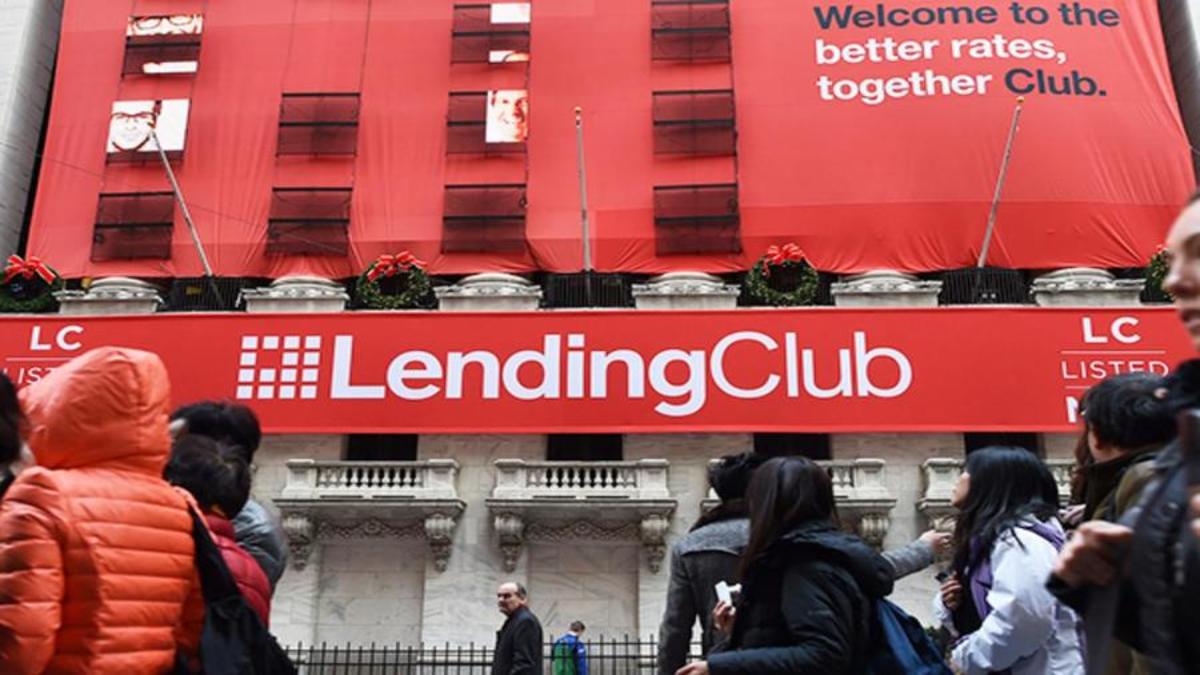Inflation, which is at its highest for 40 years, is a headache for consumers. From food to gasoline to just about everything else, inflation is burning household budgets.
Aware of how reduced household spending could hobble the economy — consumption is, after all, the engine of American growth — the Federal Reserve has started to raise interest rates to try to tame soaring prices of goods and services.
The federal funds rate now ranges 3% to 3.25% and is expected to increase to 4.5% by the end of 2022.
A rise in interest rates often prompts commercial banks to raise the rates at which they lend money. At the same time, consumers who keep their money in bank savings accounts expect the banks to pay them more in interest to use those funds.
Marcus, LendingClub Make Saving More AttractiveWhile some banks have not yet made a gesture to reward savers, others have acted quickly, offering more attractive deposit rates when the financial markets are shaken by uncertainty about the economy’s health.
This is the case of Marcus, Goldman Sachs’ online retail bank. Two days after the last interest rate hike of 0.75% by the Fed, the institution sent an email to its customers on Sept. 23 to “celebrate our higher rate!”
In an email obtained by TheStreet, Goldman Sachs’s (GS) Marcus division said it raised the rate of its high-yield online savings account. The new annual percentage rate is 2.15%.
“It’s already been applied to your account(s). There’s no action needed from you,” the online bank told its customers.
It added: “Our team at Marcus, along with our colleagues at Goldman Sachs, closely follows market trends and pays close attention to the Fed and other key developments in the economy.
“When the Fed raises or lowers its rate, banks tend to increase or decrease the rates they offer on deposit accounts like savings accounts.”
If the rate Marcus offers is interesting, it’s still not among the highest on the market.
It is the LendingClub (LC) fintech that offers the best rate — 2.65% — according to NerdWallet, which updated its data to Sept. 26.
In January, the APY on its high-yield savings account was under 1%, the firm told TheStreet. The APY is the money or interest you earn on a savings account, and sometimes on a checking account, over one year.
“We continuously monitor rates to provide a market-leading rate to our members,” Alia Dudum, a spokesperson, said in an emailed statement. Dudum added that there was no barrier to opening a savings account with LendingClub and benefiting from this rate.
“There isn’t anything special consumers need to do to take advantage of this favorable rate. Just apply,” Dudum added. “We will continue to monitor rates.”
Wells Fargo Is LaggingFor consumers looking for better returns on their savings, online banks and medium-sized banks seem to be the doors to knock on. Indeed, they dominate the NerdWallet top 8.
The Citbank division of First Citizens BancShares, (FCNCA) Raleigh, N.C., offered an APY of 0.5% in January. Nine months later, this rate for savings accounts is 2.4%.
The firm “is continuously analyzing our products and services, including our savings account rates, to best serve our customers,” spokesperson Lexa Tutela said. “We aim to provide convenience and security through our competitive rates, mobile banking services and no monthly service fees.”
Parent First Citizens pays 2.35% for your money. It requires the savings account to have a minimum of $5,000 to qualify for that rate.
The fintech SoFi (SOFI) rewards savers with a rate of 2% and offers a bonus of as much as $300 at the time of a direct-deposit account is opened.
Attractive pay rates are not widely available. According to NerdWallet, the national average APY for savings accounts currently is 0.17%.
Wells Fargo (WFC) offers some of the lowest rates on the market. The interest rate is 0.01% for basic saving accounts, or Way2save, and up to 0.02% APY for customers with a linked Wells Fargo checking account.
It also offers a selection of certificates of deposit, or CDs, with a minimum opening balance of $2,500.
In general, the rate depends on where the customer is located.
“We set our savings and CD rates based on the competitive dynamics of the marketplace, which may vary by market,” Aryel Bell, a Wells Fargo spokesperson, said by email.
“We review our rates regularly, yet given the factors that go into the analysis and the ever-changing marketplace, we cannot speculate on future rate changes.”
One reason the big banks aren’t more generous with their interest on deposits is they don’t feel any pressure to do so. Consumers continue to borrow massively.
“Our consumer-banking segment continued to see good momentum as we grew loans at the fastest quarterly pace in nearly three years,” Bank of America’s (BAC) Chief Executive Brian Moynihan told analysts during the second-quarter-earnings’ call on July 18.
Also noteworthy: The banks were flooded with savers’ cash following the various stimulus payments the government made during the covid-19 pandemic.
